Many people don’t know what tinplate is. In fact, tinplate is a metal material. It is called tinplate because the outer layer of the iron sheet is plated with a layer of tin, so it is also called tin-plated iron. The liquid inside the aerosol can is formed by pressurizing a certain gas using a gas compressor. The pressure inside the can is much greater than that of the air outside, so the aerosol can sprays a white aerosol, which is at the nanometer level. To withstand high-pressure items, the can must be very rigid, otherwise it will easily deform or even explode. Therefore, when choosing packaging, metal materials are the most suitable, such as stainless steel or tinplate. Let's compare stainless steel cans and tinplate cans, and you'll know why aerosol cans almost always choose tinplate cans. I believe everyone is very familiar with stainless steel. It is not only strong in rigidity, but also does not rust! It has a particularly long lifespan and is a very good choice in terms of packaging, but it also has its shortcomings, that is, it is too expensive! And what about tinplate cans? The same goes for tinplate cans, which are not only strong in rigidity, but also will not rust. It has strong stretchability and can be used to manufacture aerosol cans of various shapes through molds, such as round cans, square cans, spherical cans, special-shaped cans, etc. In short, it can meet all your requirements. Another very important point is that in the metal packaging industry, tinplate cans are the cheapest. In the market, the price of iron itself is cheaper than that of aluminum and stainless steel. To find out how much cheaper it is, you can compare the prices of aluminum tea cans, stainless steel tea cans and tinplate tea cans. In general, the advantages of tinplate cans are: strong rigidity, opaque, good sealing, rust-free, green and environmentally friendly, and recyclable...
Read More

 English
English русский
русский español
español português
português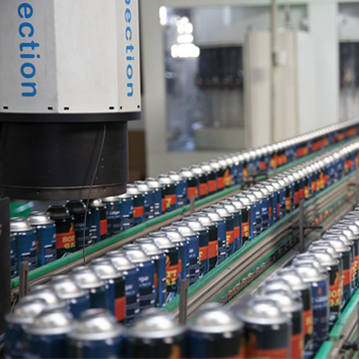

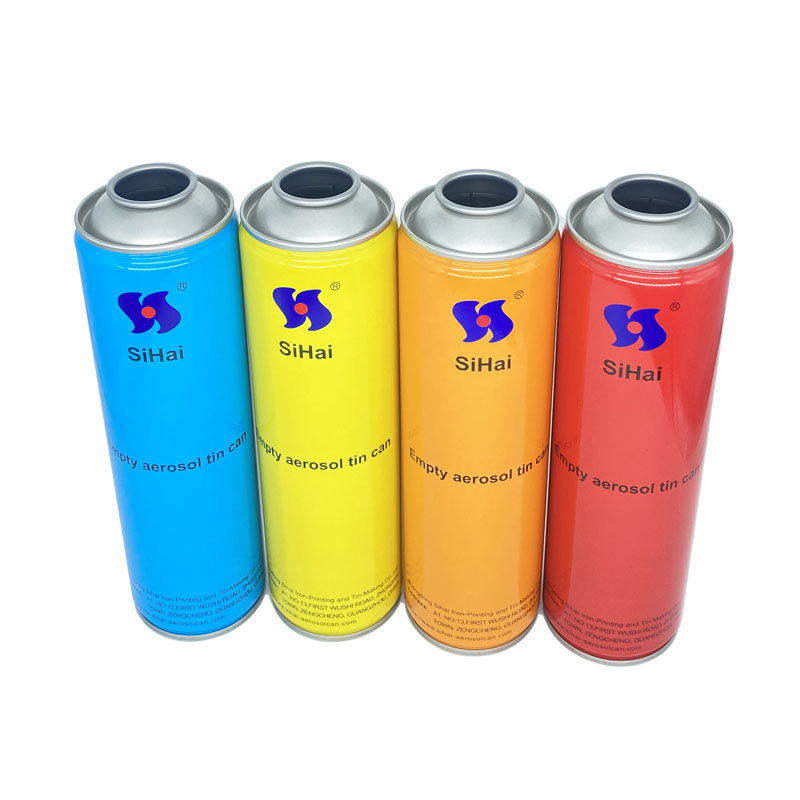
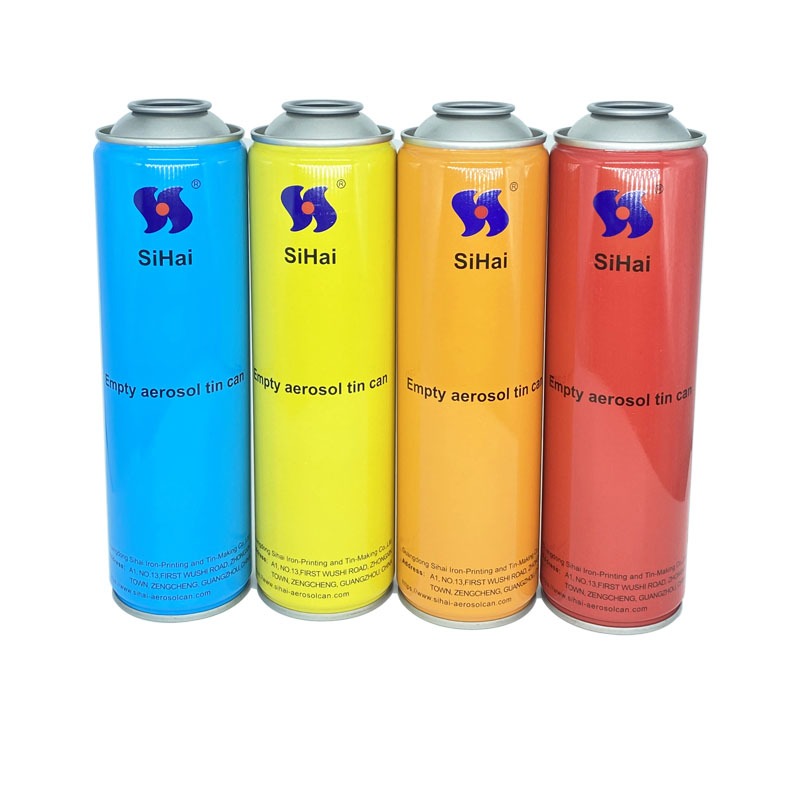
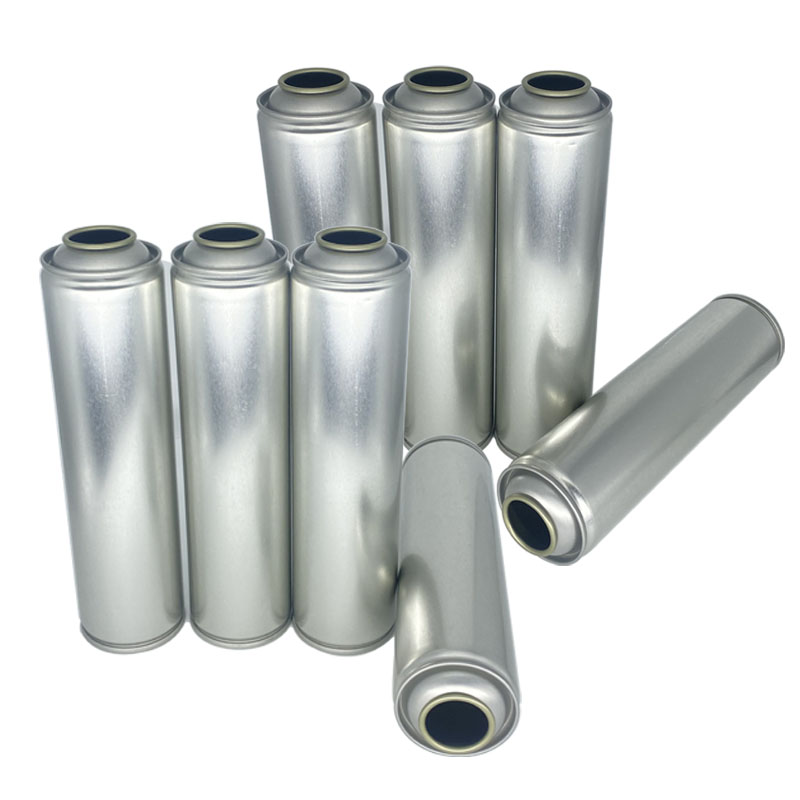
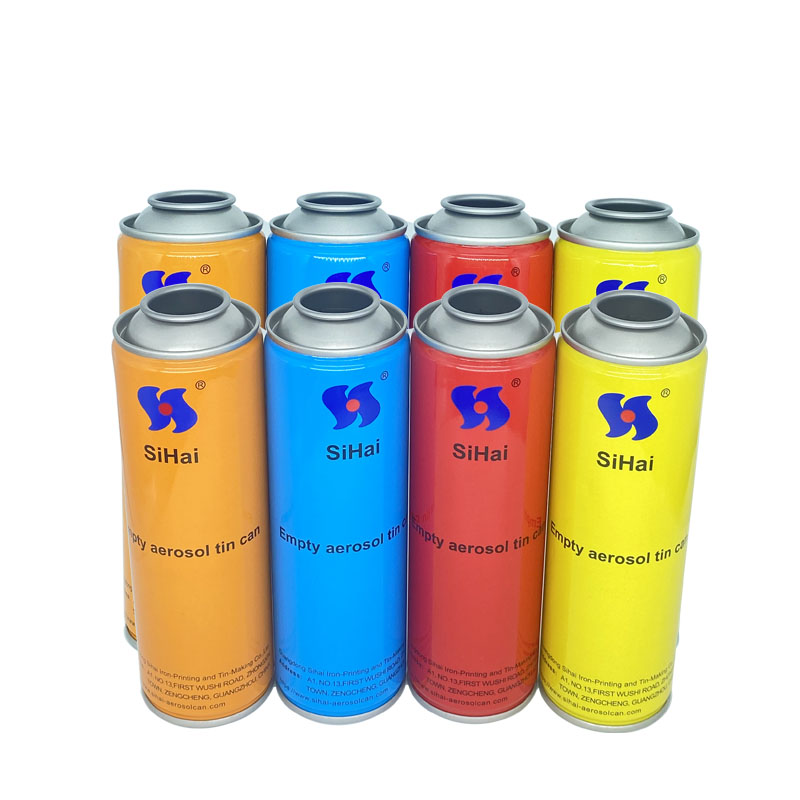
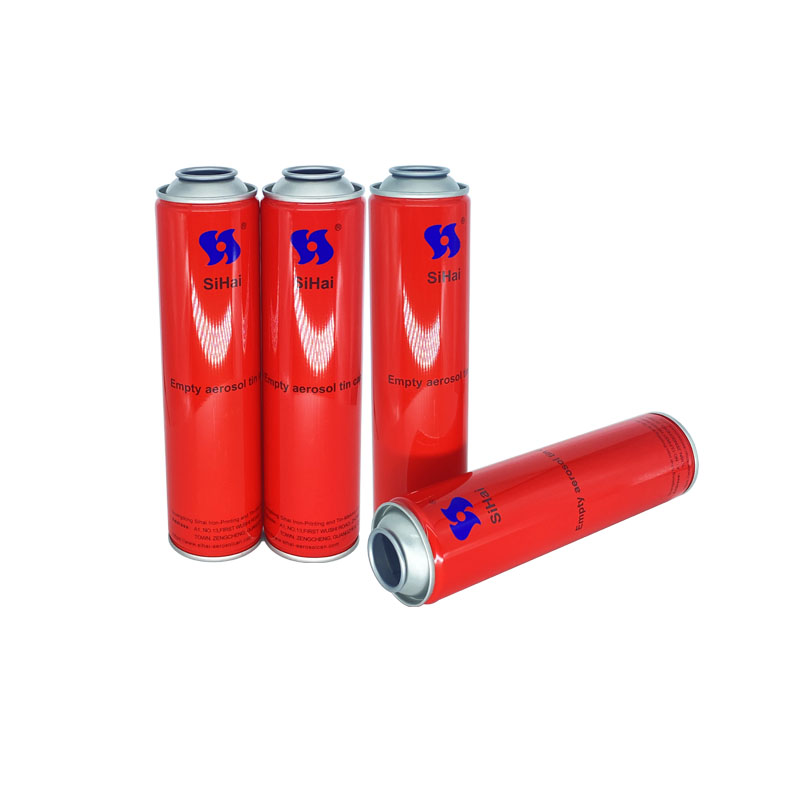
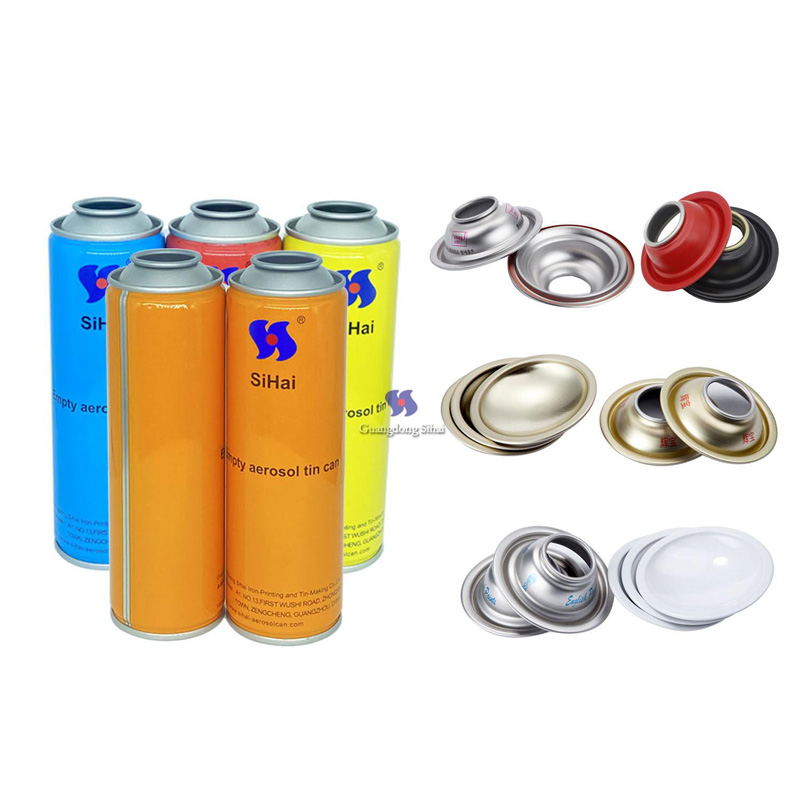
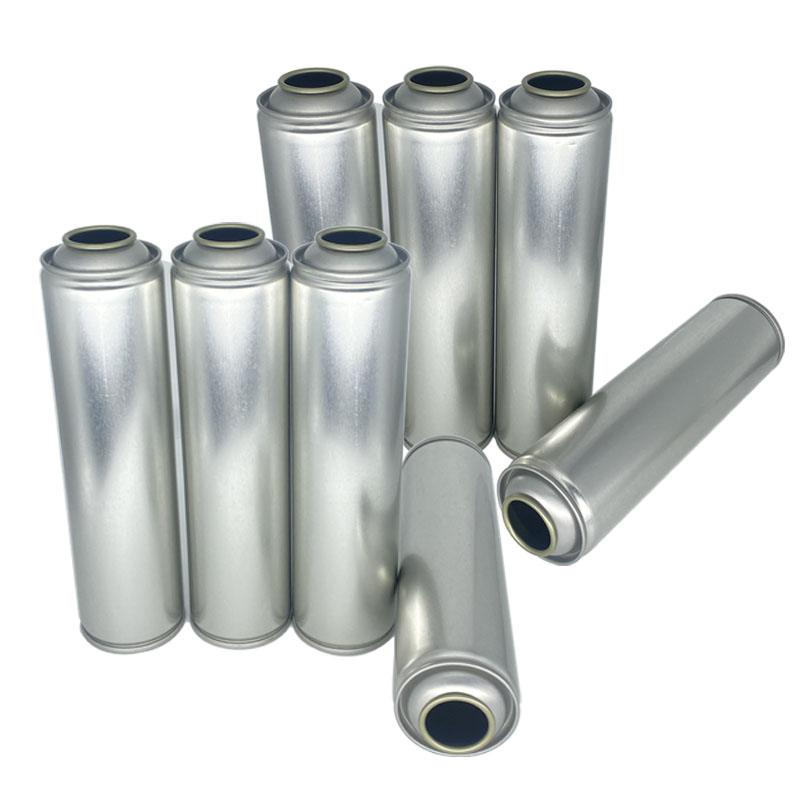






 IPv6 network supported
IPv6 network supported 